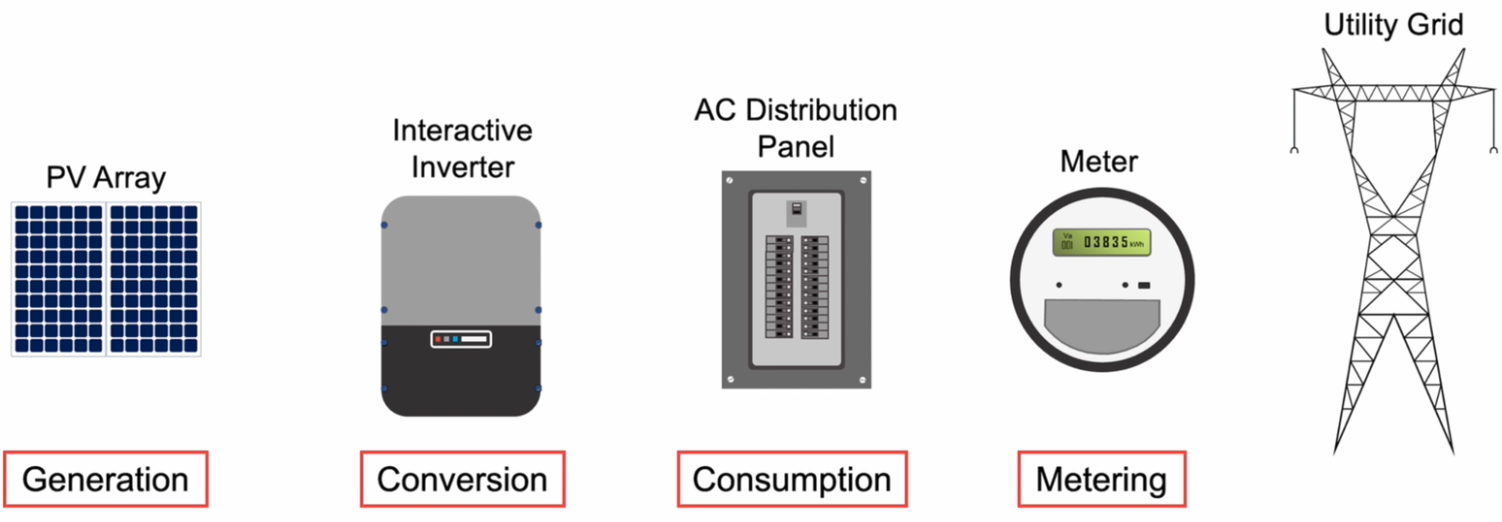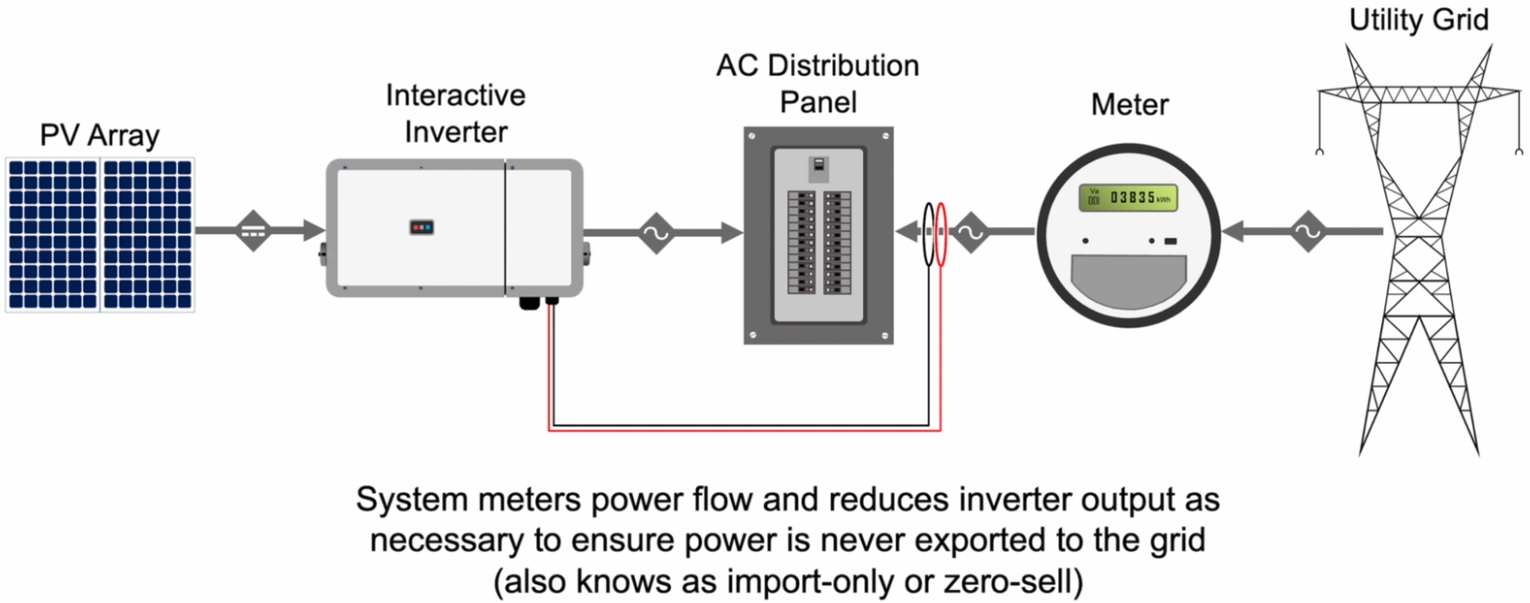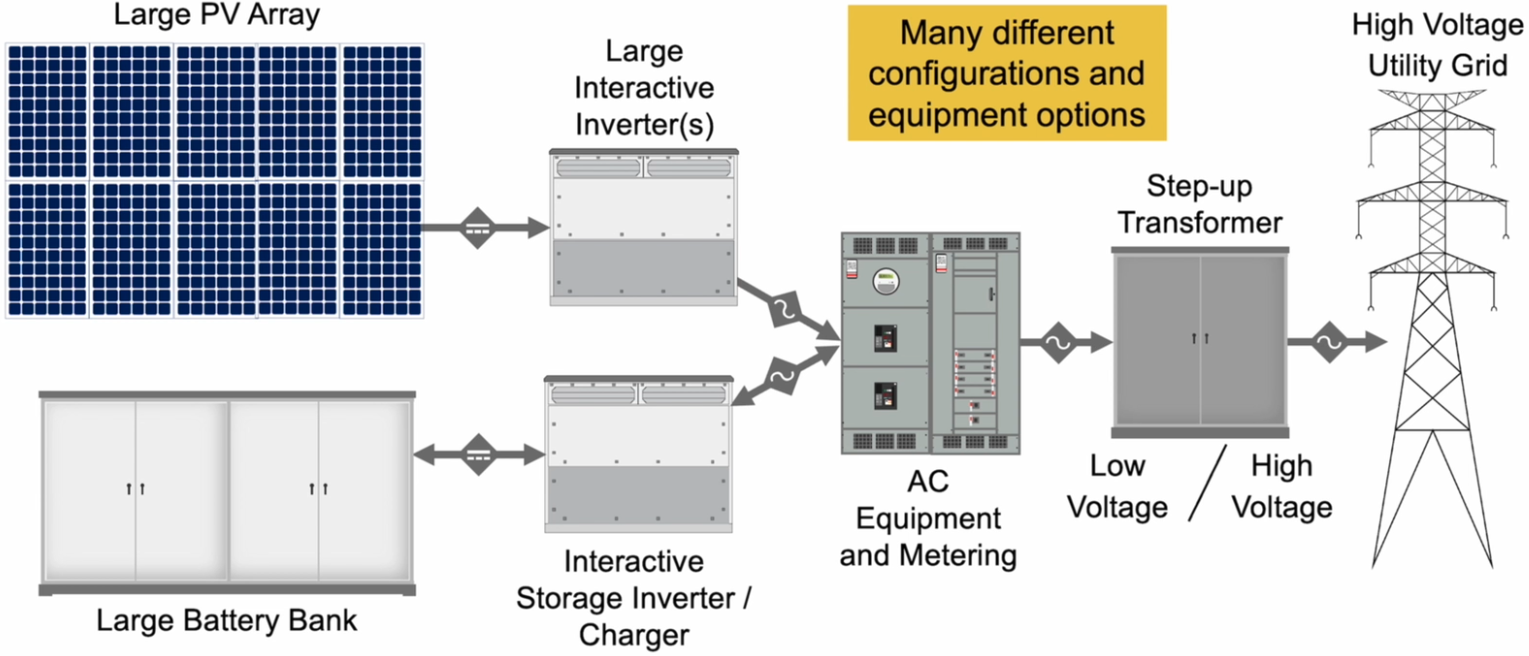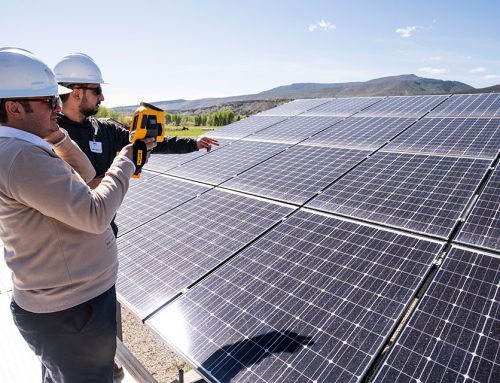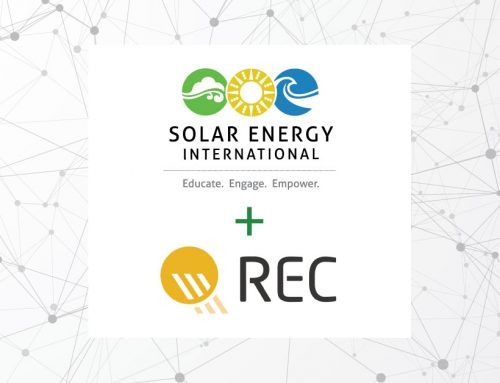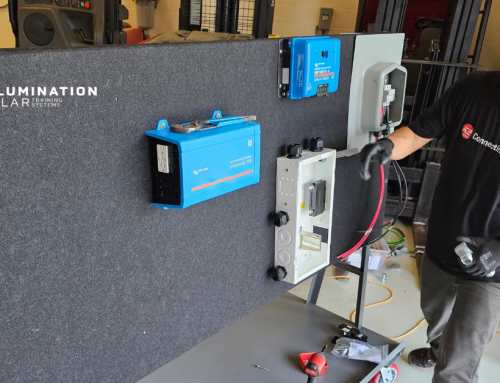In the evolving landscape of renewable energy, grid-direct photovoltaic (PV) systems have become the most common solar installation type over the past decade. These systems offer a practical and often economical entry point into solar energy production for homes and businesses. Let’s explore how these systems work, their variations, and when they might be the right choice for your renewable energy goals.
What is a Grid-Direct System?
A grid-direct system (also called a grid-tied or grid-interactive system) connects a solar array directly to the utility grid through a specialized inverter. Unlike off-grid or battery-based systems, grid-direct installations don’t incorporate energy storage. Instead, they work in harmony with the existing utility infrastructure.
The interactive inverter in these systems performs a critical function: synchronizing with the voltage and frequency of the utility grid. This synchronization allows for bidirectional power flow – meaning electricity can flow both to and from the grid depending on real-time production and consumption.
How Grid-Direct Systems Operate
When solar panels produce electricity:
- PV arrays generate DC power from sunlight
- The inverter converts DC to grid-compatible AC power
- The AC power flows to your electrical panel to power active loads
- Excess production is exported to the utility grid (if allowed)
- Grid power supplements when solar production is insufficient
This dynamic relationship with the grid means that during peak solar production (typically midday), a system may produce more electricity than it’s using, allowing excess power to flow outward to the grid. Conversely, during evenings or cloudy days when production decreases, supplementary power will be drawn from the grid.
In today’s solar industry, professionals who have mastered these operational principles create efficient systems, providing value for their customers and opening doors to career advancement opportunities.
Important Grid-Direct Considerations
While grid-direct systems offer excellent value, it’s crucial to understand their limitations:
No Backup Power: Most standard grid-direct systems automatically shut down during utility outages – even if the sun is shining. This safety feature prevents potentially dangerous “islanding,” where a system could energize utility lines while workers are making repairs. Without batteries, these systems are designed for power production, not backup.
Metering Arrangements: The utility connection involves metering to track both imported and exported electricity. Depending on your location, different compensation structures may apply:
- Net metering (one-for-one credit)
- Feed-in tariffs (predetermined export rates)
- Time-of-use rates
- Various other utility-specific programs
The ability to assess needs and recommend appropriate system configurations is a cornerstone skill for solar professionals. By investing in your education through training like SEI’s PVOL101 online course, you position yourself for success in any aspect of solar.
Zero-Export Systems
Some utilities don’t allow power export or have unfavorable export compensation. In these scenarios, a “zero-export” (also called “import-only” or “zero-sell”) system might be appropriate. These systems incorporate monitoring equipment that prevents sending excess power to the grid by limiting the inverter’s output.
While functional, zero-export configurations can lead to less favorable economics since potential excess production is essentially “lost” – the system simply produces less than it could. This limitation makes zero-export systems most suitable for installations where the load profile closely matches solar production, such as commercial buildings with high daytime energy usage.
Utility-Scale Applications
The beauty of solar technology is its scalability. The same fundamental components in a residential grid-direct system also appear in utility-scale solar farms that can generate megawatts of power. These larger installations typically include:
- Extensive arrays of PV modules
- Multiple or larger-capacity inverters
- Specialized distribution equipment
- Step-up transformers to match grid transmission voltages
Many modern utility-scale projects now incorporate large battery storage systems. This combination allows solar generation to be time-shifted, providing power when it’s most needed rather than only when the sun is shining. These storage additions enhance grid stability and extend the usefulness of solar generation beyond daylight hours.
Is Grid-Direct Right for Your Application?
Grid-direct systems offer several advantages:
- Lower installation costs (no batteries required)
- Minimal maintenance requirements
- Simple operation
- Potential for favorable utility credits
However, if backup power during outages is a priority, consider hybrid systems that incorporate battery storage while maintaining grid connection. These systems offer the best of both worlds but at a higher initial investment.
Understanding energy goals, local utility policies, and consumption patterns is essential when determining which solar configuration best meets the specific needs of each project. Getting solar training can help you navigate these considerations and design systems that maximize both environmental and economic benefits.


